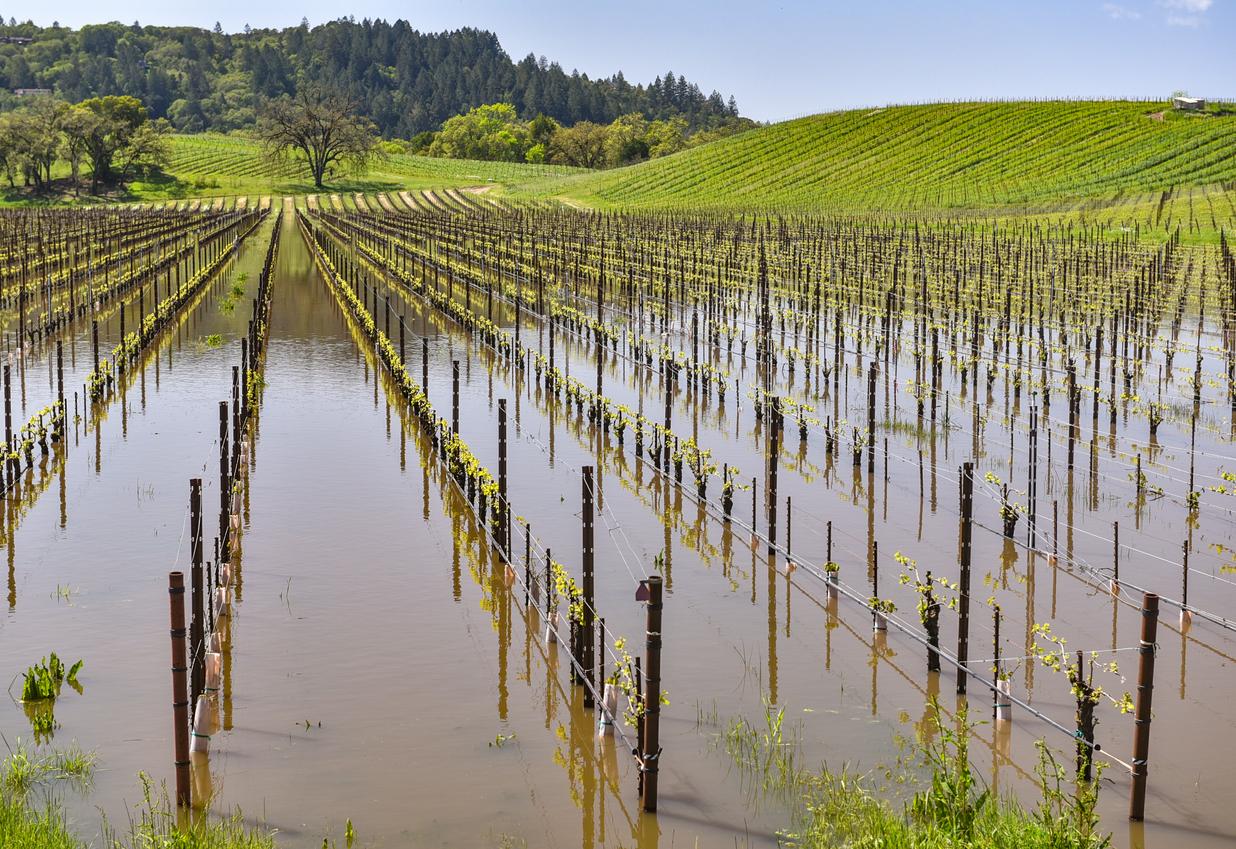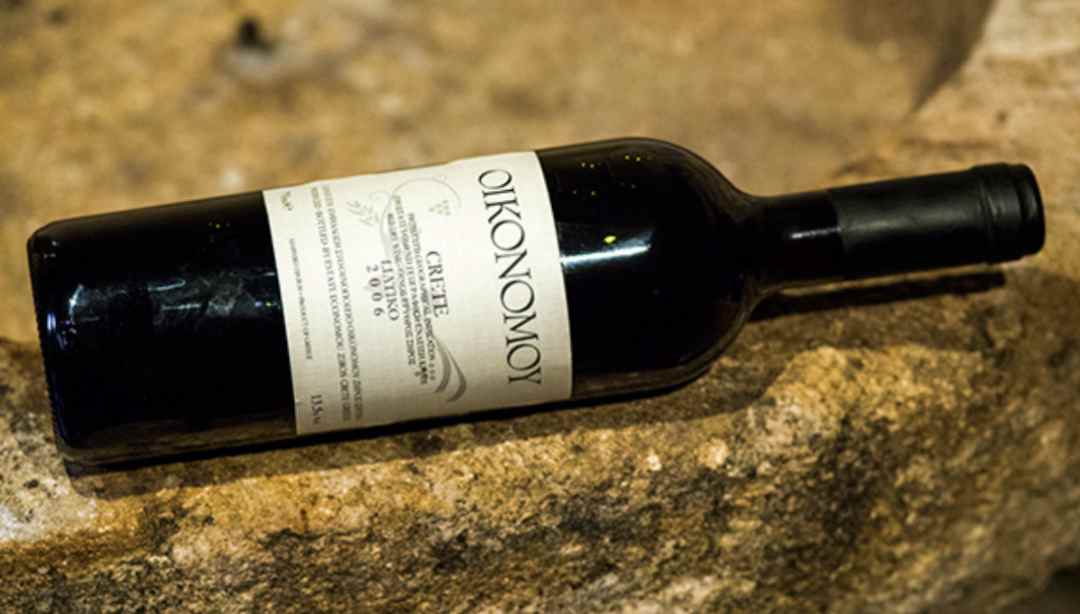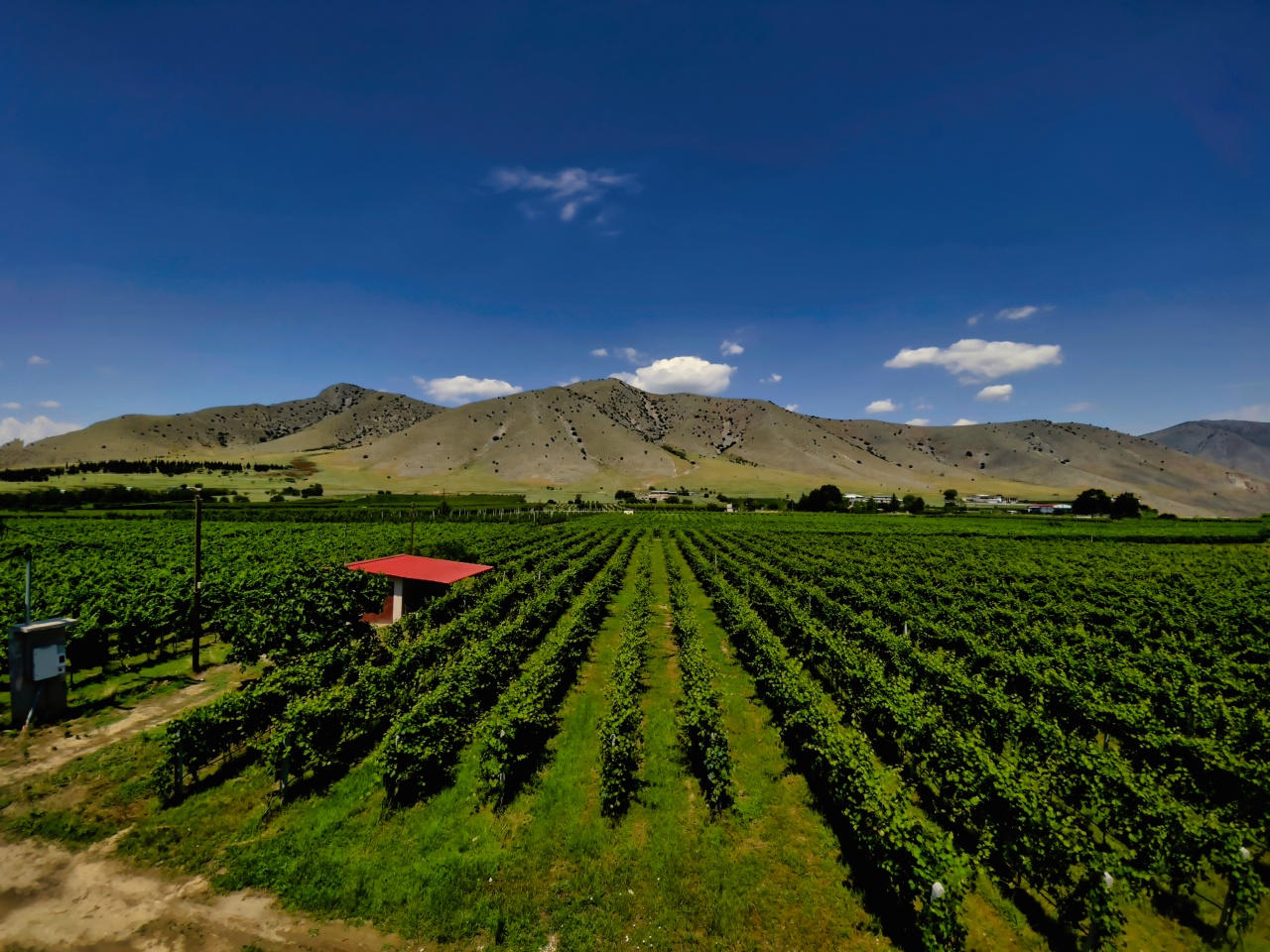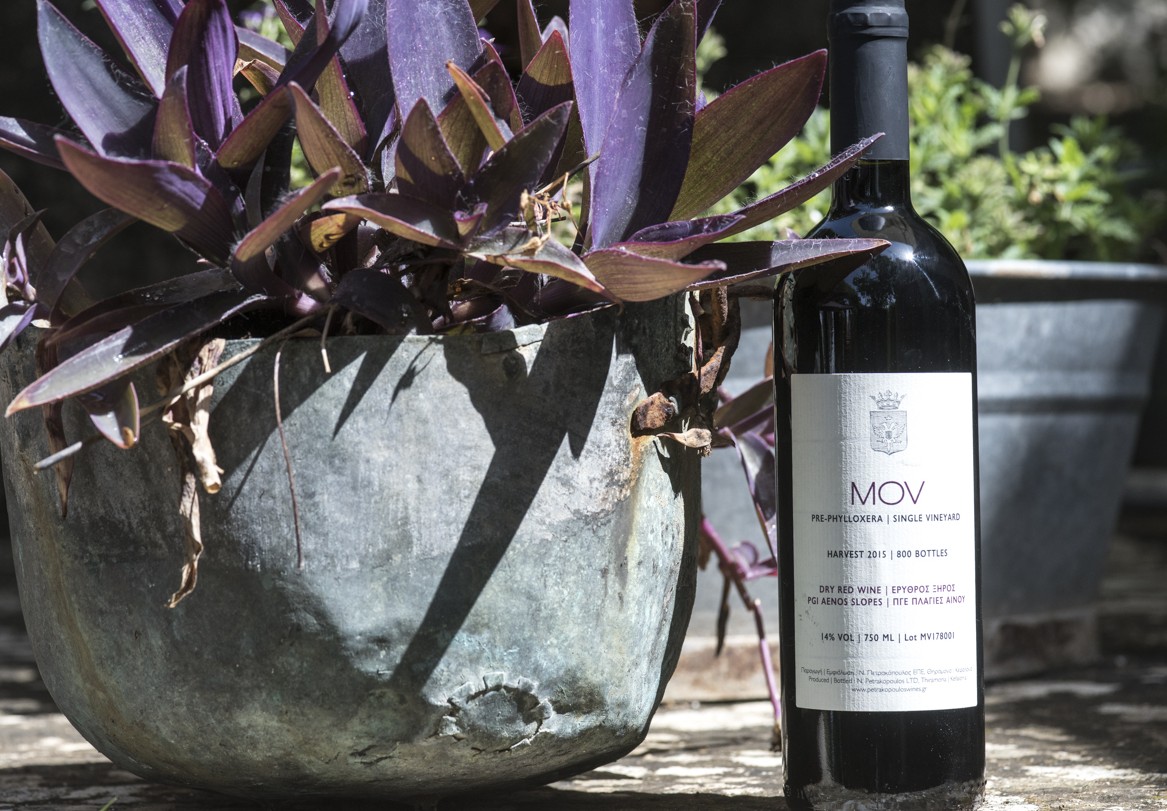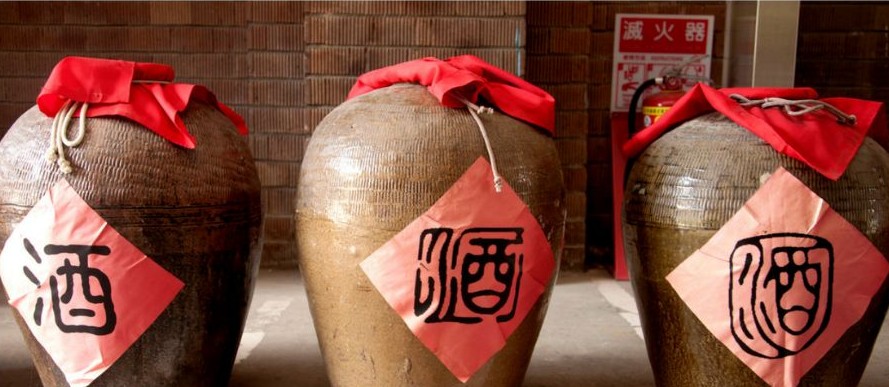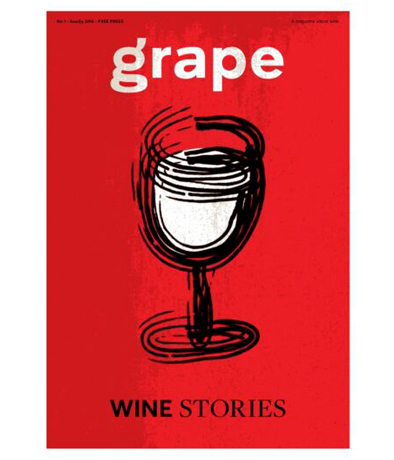Together with Yiannis Karakasis MW, we’re about to launch the 3rd edition of “50 Great Greek Wines” this September, and so the word “greatness” has been on my mind a lot lately. What does “greatness” mean in a wine? Can a bottle of our traditional retsina be a great wine?
The desire to achieve greatness in wine often means figuring out how others define it. If I go by last year’s competition results, where a bottle of retsina was ranked 2nd among the 50 greatest Greek wines, I could easily say that retsina can indeed be defined as a great wine. But for me, retsina is something more than just a potentially great wine. It’s a wine that starts with a humbler ambition: to be original and true to itself.
For my generation, retsina seemed passé, rejected by critics, until a new generation of Attica producers was inspired to make the best of a style of wine synonymous with their land, their grapes and their ancestors; this was, I feel, a very enlightened approach. These winemakers were not motivated by sales, or profits, or critics’ notions of what is proper and desirable. They felt that they should create their own aesthetic standards. In a world of wine where similarly made products are perceived as what will sell best, retsina is an example of originality and authenticity.

A BIT OF HISTORY
Wine that’s been flavored with resin has been produced in Greece since antiquity. Early in its storied history, the city of Athens developed strong commercial ties to all of the known ancient world. Amphorae containing wine were sent to the far reaches of the civilized world; Athenian kylix, kraters and other clay vessels used for wine have been found in archaeological excavations and shipwrecks, evidence of the city’s importance in winemaking.
But why did Greeks decide to add resin to their wine? Archaeological evidence indicates that hundreds of ceramic transport jars (amphorae) destined for long sea journeys were sealed with pine resin to protect the wine from spoilage. Inevitably, the strong flavor of the resin was infused into the wine. This is one possible explanation of how the style evolved.
WHAT IS RETSINA?
Retsina is a wine infused with the resin of Aleppo pine trees, abundance found in the region of Attica. The resin is added during the fermentation of the must; the total quantity of resin cannot exceed 1kg per 100 liters of must. The resin is removed at some point during fermentation to control the infusion of flavors and aromas.
Retsina is one of the two wines of Traditional Designation in Greece, and it can be made throughout the country, but Attica is a very special place for retsina, with nine area PGIs (Protected Geographical Indication). For Attica producers, retsina is a source of pride that’s also inextricably linked to the region’s wine tradition.
A NEW AGE
It took a new generation of determined winemakers to realize the quality potential of retsina. These innovators have been experimenting with improved production methods and high quality grapes and resin in order to reinvent the style from a quality perspective. The finest examples feature a harmonious marriage of the aromas and flavors of pine, sage, rosemary, mastic resin and ginger that complement and bring out the varietal fruit of the wine. Each sip reveals a lovely interplay of intensity, freshness and complexity, making retsina an incredibly food-friendly wine, especially for the variety of different flavors that define the Greek dinner table.
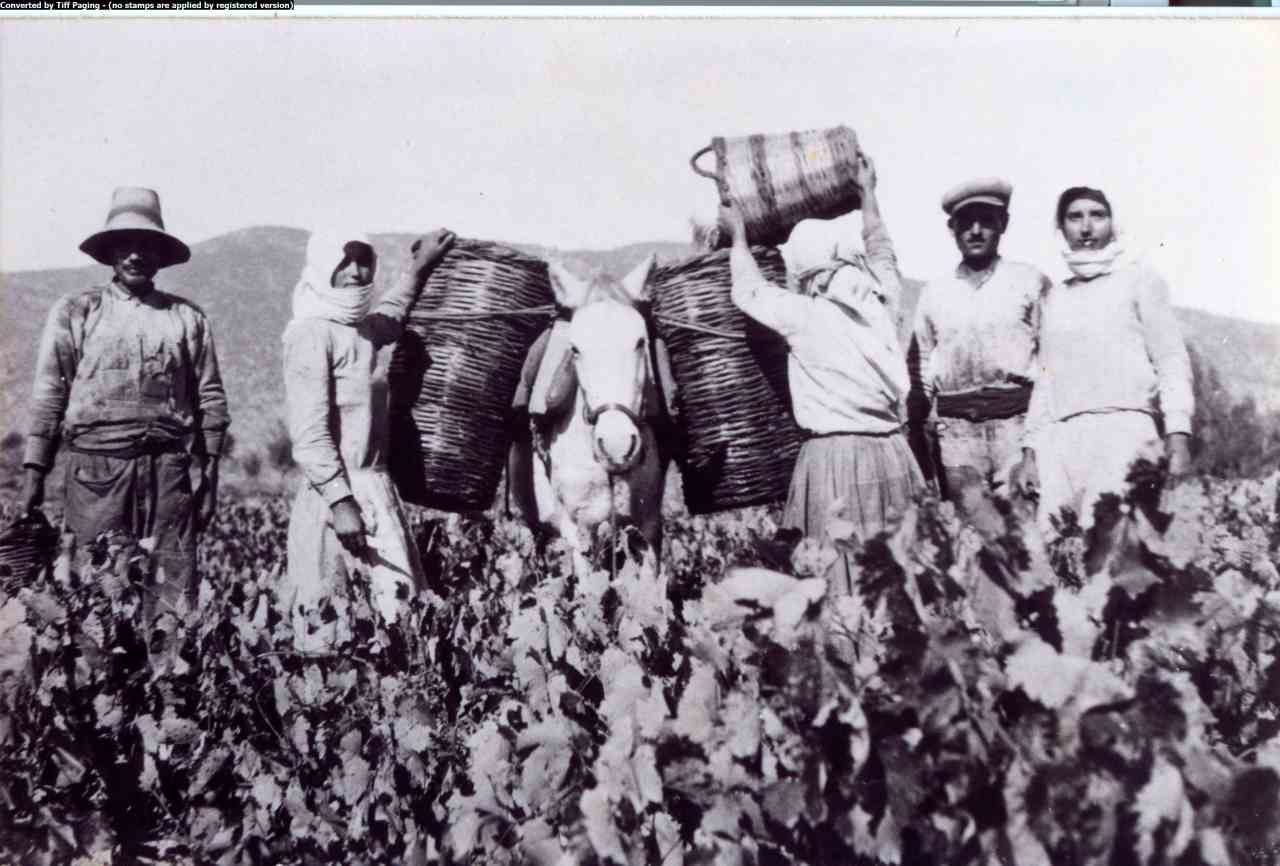
THE ULTIMATE FOOD-FRIENDLY WINE
For us Greeks, retsina has always be seen in
a food context. It pairs extremely well with a range of different cuisines and recipes, and pairing is the best way to fully appreciate the wine’s unique character and flavors. Retsina works extremely well with contrasting and intense flavors. The wine’s pungent kick can stand up to the profusion of flavors that define classic Greek cuisine, and this versatility is a key aspect of retsina’s character.
SOME PAIRING IDEAS
- Greek salad with feta cheese
- Salted anchovies with olive oil and lemon or vinegar
- Small fried fish
- Fried cod with a garlic sauce
- Grilled sea bream with an olive oil-and-lemon sauce.
- Chickpeas, slow-cooked in the oven with aromatic herbs
IT’S WHAT TO DRINK THIS SUMMER ON THE ATHENS RIVIERA
Many people still scoff at retsina because they haven’t tried the real thing. The cheap tin carafes are a thing of the past, nearly folklore now, although they still harm the reputation of Greece’s most traditional wine. Some people dismiss retsina not because it’s inherently bad, but because they’ve been tasting only bad versions of it. This style of wine, however, can be delicious; in fact, it can be both delicious and original as well, and that combination is the best you can get in any wine.
- Anastasia Fragou Winery, Retsina of Attica, NV
- Aoton Winery, Retsina of Mesogia, NV
- Georgas Family, Retsina Black Label, NV Gikas Winery, Pine Forest
- Retsina, NV
- Liepouris Wines, Retsina, NV
- Markou Vineyards, Schinopefko
- Retsina, NV
- Mylonas Winery, Retsina, NV
- Nikolou, Kodra Retsina Orange, NV
- Papagiannakos Winery, Retsina of Mesogia, NV
- Papagianni Winery, Retsina of Attica,NV


